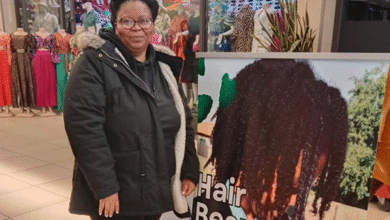Moët & Chandon: Crafting a Legacy of Luxury and Innovation in Champagne
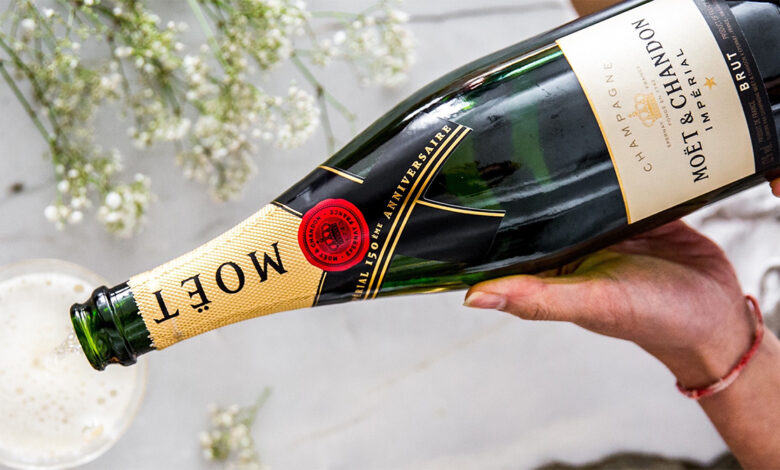
Moët & Chandon: Crafting a Legacy of Luxury and Innovation in Champagne. Established in 1743 by Claude Moët, Moët & Chandon has evolved from a local wine trader in Épernay, France, to a global symbol of luxury and celebration. Over nearly three centuries, the brand has navigated the complexities of the wine industry, leveraging strategic partnerships, innovative marketing, and a commitment to excellence to cement its place at the pinnacle of the champagne world.
Foundations of Excellence
The early success of Moët & Chandon can be attributed to its association with European nobility, including King Louis XV. This royal endorsement elevated the brand’s status and expanded its reach beyond France. In 1833, the company solidified its identity when Pierre-Gabriel Chandon de Briailles joined as a partner, leading to the name Moët & Chandon. The introduction of vintage champagne in 1842 and the launch of Brut Impérial in the 1860s showcased the brand’s commitment to innovation and quality.
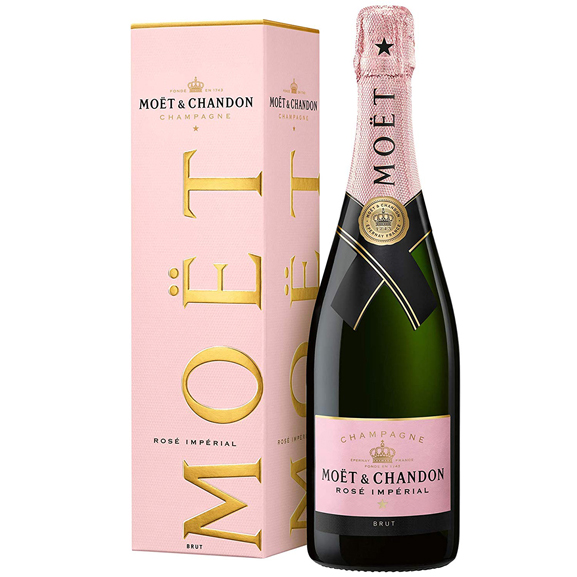
Strategic Expansion and Diversification
Moët & Chandon’s growth strategy included acquiring competitors like Ruinart in 1962 and Mercier in 1970. The establishment of Domaine Chandon in Napa Valley in 1973 marked the brand’s foray into the American market, demonstrating its adaptability and global vision.
The 1987 merger with Louis Vuitton and Hennessy to form LVMH positioned Moët & Chandon within a powerhouse of luxury brands, providing access to extensive resources and a broader consumer base.
Innovative Marketing and Digital Engagement
Moët & Chandon has consistently embraced innovative marketing strategies to maintain its relevance. The “Share the Now” campaign, featuring Roger Federer, leveraged social media to connect with younger audiences, resulting in over 12 million impressions and a significant increase in Instagram followers.
In 2022, the brand launched its first shoppable video advertising campaign in collaboration with News Corp Australia. This initiative allowed consumers to purchase personalized champagne bottles directly through interactive videos, enhancing the shopping experience and aligning with modern consumer behaviors.
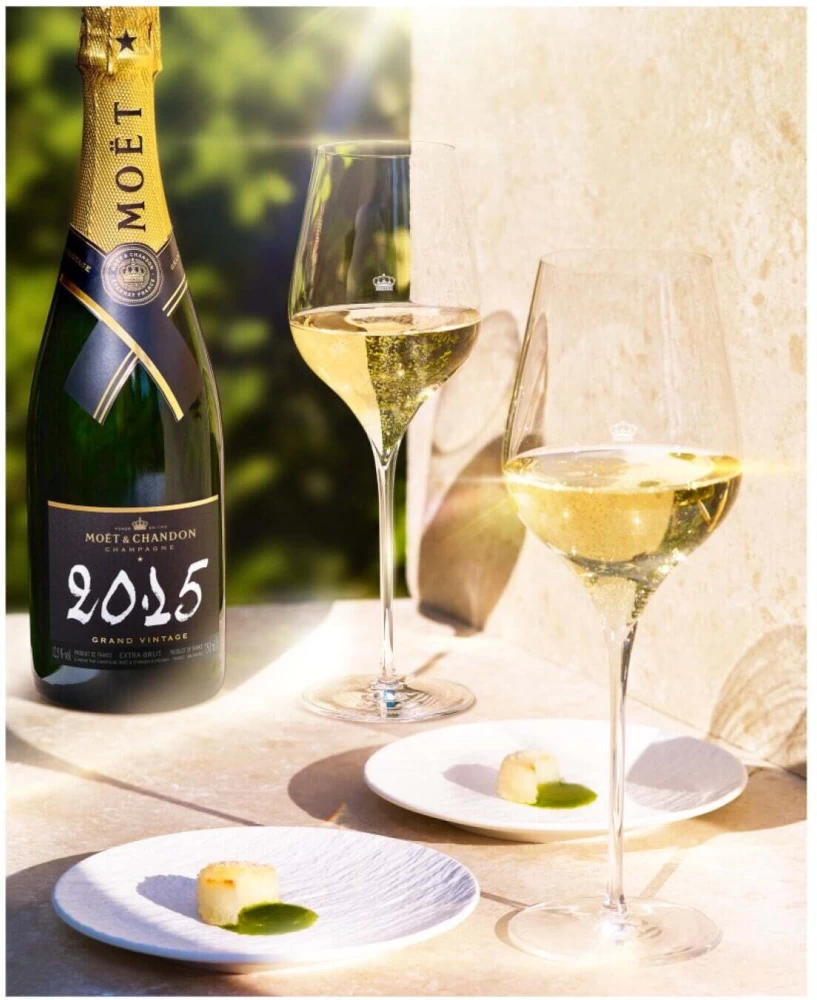
Sustainability and Environmental Stewardship
Recognizing the importance of environmental responsibility, Moët & Chandon has implemented sustainable practices across its operations. The company introduced electric tractors to reduce carbon emissions and built an energy-efficient winemaking facility in Mont-Aigu, which received France’s “High Environmental Quality” label.
Additionally, Moët & Chandon has worked with over 2,000 winegrowers to promote sustainable viticulture, reflecting its commitment to preserving the environment for future generations.
Cultural Collaborations and Global Presence
In 2025, Moët & Chandon partnered with musician Pharrell Williams to launch a limited-edition champagne collection celebrating birthdays. This collaboration emphasized themes of optimism and human connection, resonating with a global audience and reinforcing the brand’s cultural relevance.
The brand also returned as the official champagne provider for Formula One in 2025, reinstating a tradition that dates back to 1966. This partnership underscores Moët & Chandon’s association with prestigious events and its enduring appeal in the world of luxury.
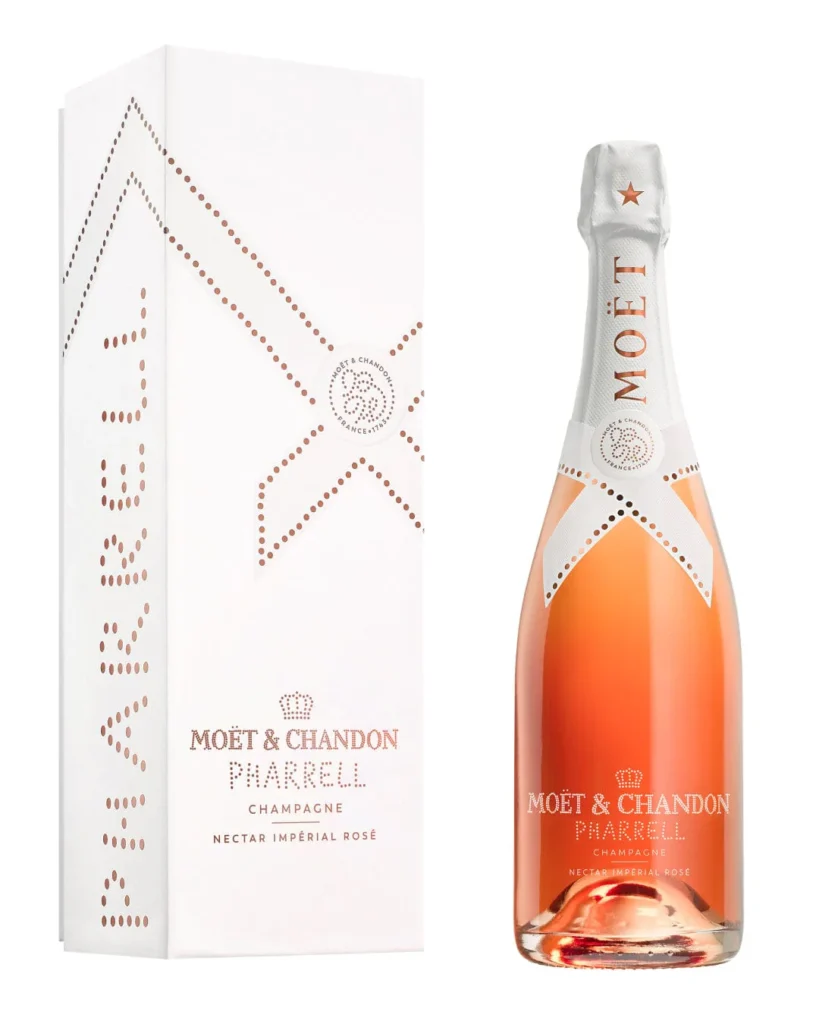
Lessons for Aspiring Entrepreneurs
- Heritage and Innovation: Balancing tradition with modern innovation can sustain a brand’s relevance across generations.
- Strategic Partnerships: Aligning with complementary brands and industries can expand market reach and enhance brand prestige.
- Digital Engagement: Embracing digital platforms and interactive marketing can attract new audiences and drive sales.
- Sustainability: Implementing environmentally responsible practices can strengthen brand reputation and appeal to conscientious consumers.
- Cultural Relevance: Collaborating with influential cultural figures can create meaningful connections with diverse consumer segments.
Moët & Chandon’s journey illustrates the power of combining a rich heritage with forward-thinking strategies. By continuously adapting to changing markets and consumer preferences, the brand has maintained its status as a leader in the luxury champagne industry.

